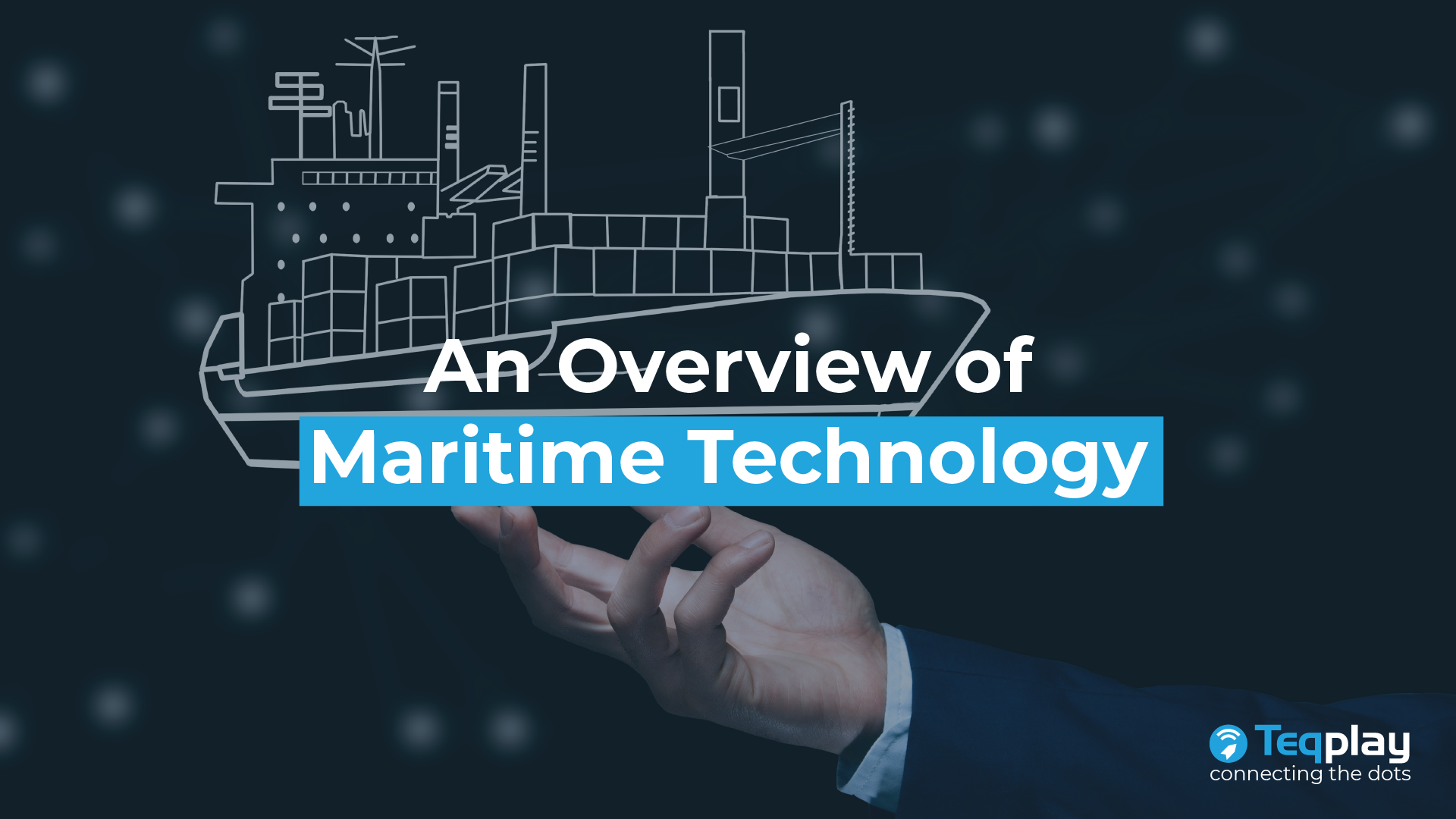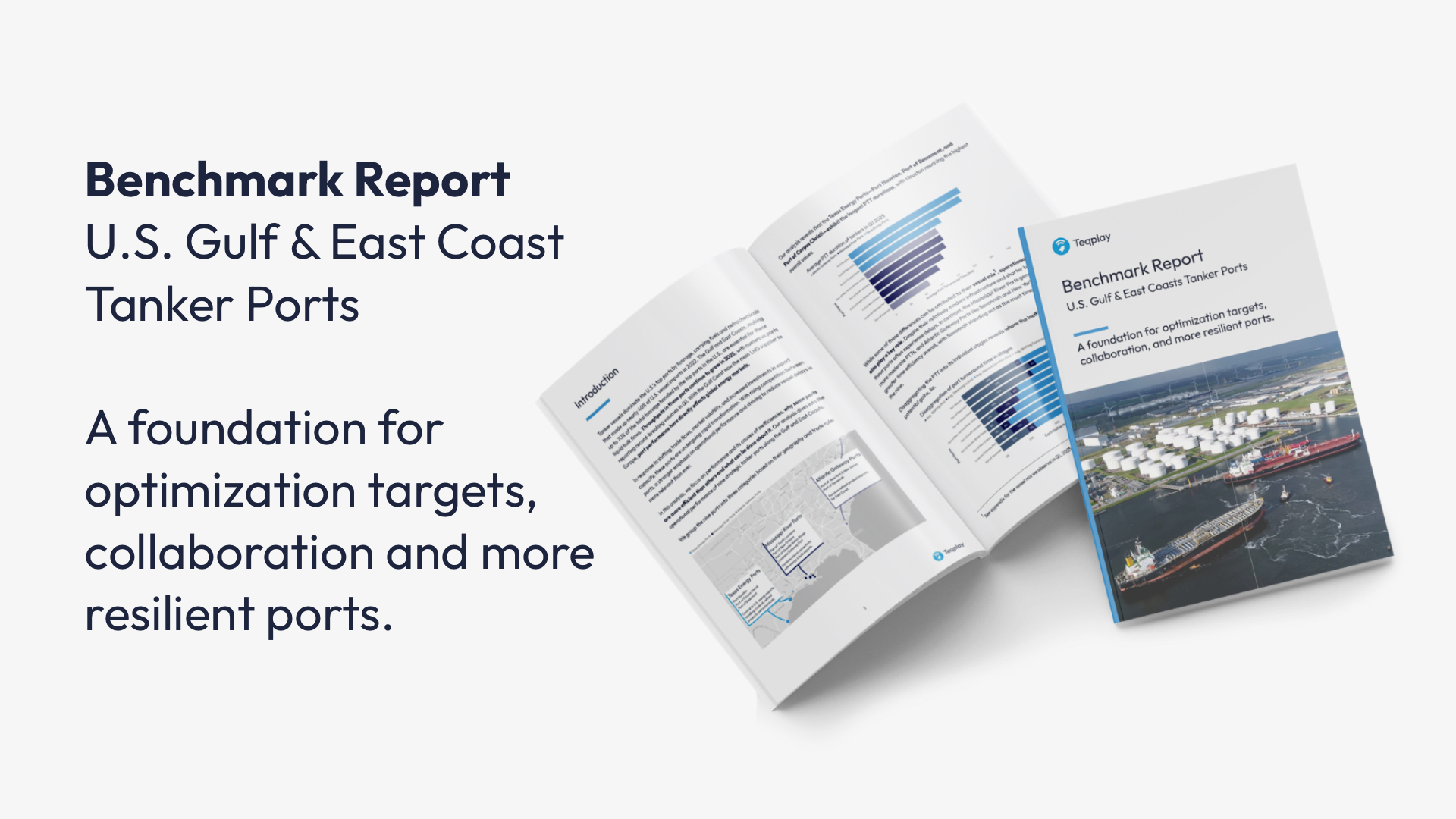The maritime industry is undergoing a significant transformation as new technologies are introduced to improve efficiency, safety, and sustainability. Innovative technologies have the potential to revolutionize the way shipping companies operate and make a significant impact on the industry.
In this overview, we will examine the key technological trends that are driving the future of the maritime industry, including the use of big data analytics to make informed decisions, the integration of IoT to enhance communication and monitoring, the application of AI to streamline operations, and other important developments that every maritime stakeholders should know about.
1. Big Data
Big data analytics is the process of examining large and complex datasets to uncover hidden patterns, correlations, and other insights. It involves using specialized software and algorithms to analyze and interpret large amounts of data, often in real-time. Big data has revolutionized many industries, and the maritime sector is no exception.
With the advent of big data technologies, shipping companies can now access and analyze vast amounts of data in real-time, enabling them to make more informed decisions and improve operations.
2. Internet of Things
In the maritime industry, the IoT can be used to improve the efficiency, safety, and sustainability of shipping operations. IoT enables systems to communicate with one another in real-time to aid in process monitoring. Furthermore, this helps create a comprehensive picture of maritime operations and enable insight-driven decision making. Decisions will be based on actual performance as opposed to intuition or a set schedule. New status and events are reported to relevant actors at the right time, contributing strongly to the detection of problems and saving costs.
3. Artificial Intelligence
AI is being applied more and more in maritime technology. Fleet management, predictive maintenance, and environmental monitoring are among the use cases of AI in maritime.
By removing tedious and repetitive procedures, AI has great potential to speed up and enhance the maritime industry. With machine learning and its capability in identifying patterns, together with big data, the industry can build a truly formidable network of systems.
4. Autonomous Shipping
Relating to all of the innovations mentioned above, autonomous shipping and smart ports are the end goals of maritime technological development. Autonomous systems have appeared among more developed ports, but true autonomous shipping remains scarce.
An effective system that is less reliant on crew can both drive profits and reduce costs. At the moment, safety, legality and standardization are major obstacles in the application of autonomous shipping. That said, the rapid development of this innovation shows great potential for the future of the industry.
5. Robotics & Drones
Autonomous systems have been put in place for various specific needs, but the wider integration of such systems is still limited. The use of unmanned vehicles and robotic assistance has proven to increase cost efficiency and accuracy thanks to the mitigation of human errors. The development of robotics and drones help businesses acquire data even in the most hazardous environments and reduce the safety risks to personnel. On the other hand, the strength of robotic applications relies on the quality of telecommunication and data. In a future where maritime environments are interconnected and integrated into the wider supply chain, robotics will have a lot of space to develop in the maritime sphere.
6. Digital Twin
The development of digital twin technology is a part of the overall digitalization trend in the maritime industry. A digital twin is a virtual replica of a physical asset or system that can be used for simulation, analysis, and monitoring. In the maritime industry, digital twins can be used to optimize the design, construction, operation, and maintenance of ships, ports, and offshore structures. The biggest strengths of a digital twin are its predictive capability and the ability to self-improve.
7. Integrated Control Systems
Maritime systems are becoming more interconnected, necessitating the creation of a control tower where actors can coordinate and monitor processes. Together with the digital twins, the control tower allows stakeholders to act upon the information they have and execute decisions in a timely manner. Such a control system will become essential in maintaining performance, organizing documentation and ensuring awareness of important events for authorities and operators.
8. Augmented Reality
Augmented reality (AR) is a useful advancement for both training and support of the maritime workforce. AR creates an overlay on top of the surrounding environment for users, allowing the simulation of situations and assisting in various tasks. As AR develops, it will become a valuable and accessible tool for operators. High risk situations can be recreated to provide actors with important insights on what needs to be done without compromising safety. More integration of technology in maritime operations can be achieved with the application of AR.
Teqplay
Teqplay believes that it is necessary to set standards within the maritime industry in relation to the implementation of technology. As the maritime world develops and changes, it is up to businesses to make the most out of digital transformation and add values to the supply chain. With this goal in mind, Teqplay aims to promote a healthy and realistic digitalized future for the maritime industry.

Léon Gommans | CEO/Co Founder of Teqplay
A serial entrepreneur who’s passionate about #innovation, #technology, #collaboration, and of course, #maritime. The mission is: to connect the dots & to get it to work, together with the industry!
- +31 (0)6 55306660
- leon@teqplay.com
- Léon Gommans




